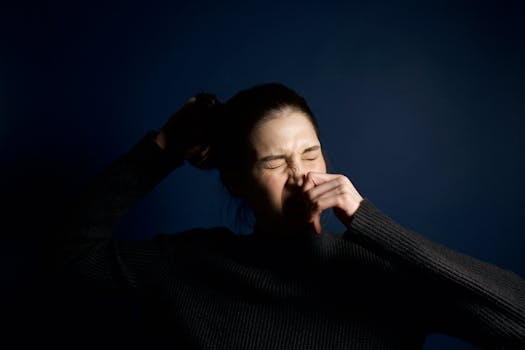Allergies to Cosmetics: How to Identify and Treat an Allergy to Cosmetics
Cosmetics are an integral part of many people’s daily routines, enhancing beauty and boosting confidence. However, for some individuals, these products can trigger allergic reactions that lead to discomfort and distress. Understanding how to identify and treat allergies to cosmetics is crucial for maintaining skin health and overall well-being.
Understanding Cosmetic Allergies
Cosmetic allergies occur when the immune system reacts to certain ingredients in beauty products. These reactions can manifest in various ways, ranging from mild irritation to severe skin conditions. According to the American Academy of Dermatology, contact dermatitis, a common allergic reaction, affects approximately 15-20% of the population at some point in their lives.
Common Symptoms of Cosmetic Allergies
Identifying an allergy to cosmetics can be challenging, as symptoms may vary widely among individuals. Common signs include:
- Redness and inflammation of the skin
- Itching or burning sensations
- Dryness or flaking of the skin
- Swelling or hives
- Blistering or oozing lesions
These symptoms can appear immediately after using a product or may take several days to manifest, making it essential to monitor skin reactions closely.
Identifying the Culprit: Patch Testing
If you suspect that you have a cosmetic allergy, the first step is to identify the offending ingredient. One effective method is through patch testing, which is typically conducted by a dermatologist. During this test, small amounts of various allergens are applied to the skin and monitored for reactions over several days.
Common allergens found in cosmetics include:
- Fragrances
- Preservatives (e.g., parabens, formaldehyde)
- Colorants
- Alcohols
- Natural extracts (e.g., essential oils)
By pinpointing the specific allergens, individuals can make informed choices about which products to avoid in the future.
Case Study: A Real-Life Example
Consider the case of Sarah, a 28-year-old woman who developed a severe rash after using a new foundation. Initially, she attributed the irritation to a change in her skincare routine. However, after consulting a dermatologist and undergoing patch testing, she discovered that she was allergic to a specific preservative used in the foundation. Armed with this knowledge, Sarah was able to switch to hypoallergenic products, significantly improving her skin condition.
Treatment Options for Cosmetic Allergies
Once an allergy is identified, treatment focuses on alleviating symptoms and preventing future reactions. Here are some effective strategies:
- Discontinue Use: Stop using any products that contain the identified allergens.
- Topical Treatments: Over-the-counter hydrocortisone creams can help reduce inflammation and itching.
- Oral Antihistamines: Medications like diphenhydramine can relieve itching and swelling.
- Moisturizers: Applying fragrance-free moisturizers can soothe irritated skin.
- Consult a Dermatologist: For severe reactions, professional medical advice may be necessary.
Preventing Cosmetic Allergies
Prevention is key when it comes to managing cosmetic allergies. Here are some tips to minimize the risk:
- Always read ingredient labels before purchasing products.
- Conduct patch tests on new products before full application.
- Opt for hypoallergenic and fragrance-free cosmetics.
- Keep track of products that cause reactions to avoid them in the future.
- Consult with a dermatologist for personalized recommendations.
Conclusion
Allergies to cosmetics can significantly impact an individual’s quality of life, but with proper identification and treatment, they can be effectively managed. By understanding the symptoms, undergoing patch testing, and taking preventive measures, individuals can enjoy their beauty routines without the fear of allergic reactions. Remember, knowledge is power—being informed about cosmetic ingredients and their potential effects is the first step toward healthier skin.
